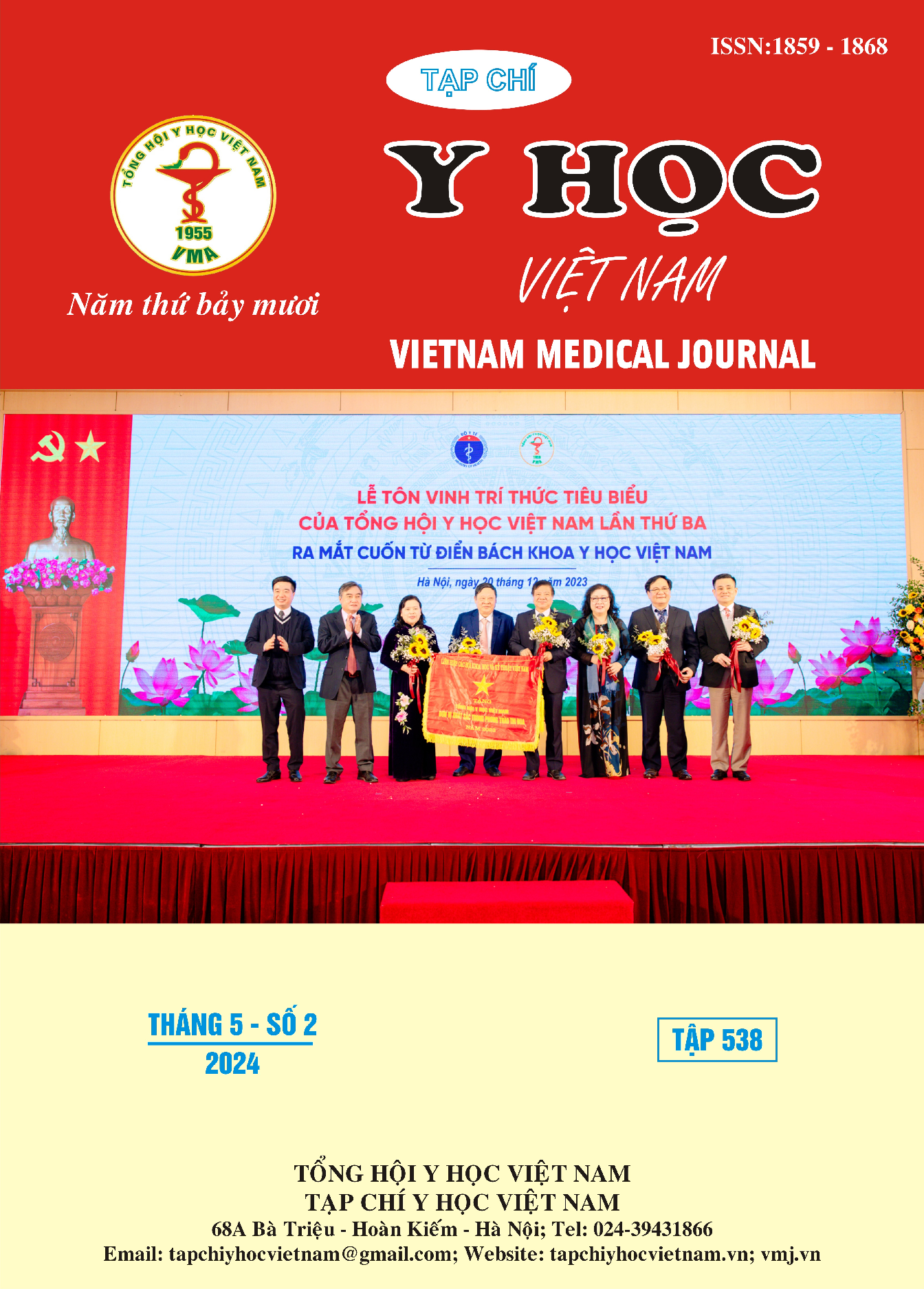STUDYING CHARACTERISTICS OF SOME LESIONS TARGET ORGANS IN PATIENTS WITH UNCONTROLLED HYPERTENSION AT CAN THO UNIVERSITY OF MEDICINE AND PHARMACY HOSPITAL AND CAN THO CENTRAL GENERAL HOSPITAL
Main Article Content
Abstract
Background: In addition to being a major cardiovascular risk factor contributing to the global burden of disease and mortality, resistant hypertension is one of the diseases that presents several challenges in the treatment process. Target organ damage resulting from hyperemia will occur if uncontrolled extended high blood pressure is maintained. Changes in the anatomy and physiology of significant arteries and organs are typical signs of injury. The goal is to pinpoint specific organ damage and associated variables in resistant hypertensive patients. Objectives: Determine the extent of target organ damage and associated variables in individuals suffering from resistant hypertension. Materials and methods: patients were diagnosed with resistant hypertension at the Department of Interventional Cardiology – Neurology, Can Tho University of Medicine and Pharmacy Hospital and Can Tho Central General Hospital. Results: The most common causes of target organ damage are left ventricular concentric hypertrophy (65.3%) and proteinuria (75%). A logistic regression model study revealed that systolic blood pressure and eGFR levels were independently linked with target organ damage. The area under the curve (AUC) for predicting target organ damage is 0.995, with a p-value of 0.004. Conclusion: Assessing organ damage and regulating systolic blood pressure are crucial for individuals with difficult-to-control hypertension.
Article Details
Keywords
Resistant hypertension, Target organ damage.
References
2. Sang, N.T., Khảo Sát Tình Trạng Tăng Huyết Áp Không Kiểm Soát Ẩn Giấu Và Một Số Yếu Tố Liên Quan Trên Bệnh Nhân Cao Tuổi Đang Điều Trị Tăng Huyết Áp Tại Phòng Khám Lão Bệnh Viện Nhân Dân Gia Định. Tạp Chí Y Học TP. Hồ Chí Minh * Phụ Bản Tập 23 * Số 2 * 2019, 2019.
3. Jean Jacques Noubiap, et al. (2019), Global prevalence of resistant hypertension: a meta-analysis of data from 3.2 million patients. Heart, 105(2), pp 98-105.
1. J Mesquita Bastos, lisa Ferraz, et al. (2023), Systolic Blood Pressure and Pulse Pressure Are Predictors of Future Cardiovascular Events in Patients with True Resistant Hypertension. Diagnostics (Basel), 13(10), pp 1817.
2. Maria Lorenza Muiesan, Massimo Salvetti, et al., (2013), Resistant hypertension and target organ damage. Hypertension research, 36, pp 485–491.
3. Mari Tomiyama, Takeshi Horio, et al. (Sep 2006), Masked hypertension and target organ damage in treated hypertensive patients. Am J Hypertens, 19(9), pp 880-6.
4. Ritter, A.M.V., et al. (2018), The rs243866/243865 polymorphisms in MMP-2 gene and the relationship with BP control in obese resistant hypertensive subjects. Gene, 646: p. 129-135.
5. Valeria Visco, Rosa Finelli, et al. (2018), Difficult-to-control hypertension: identification of clinical predictors and use of ICT-based integrated care to facilitate blood pressure control. J Hum Hypertens, 32(7), pp 467- 476.


